Smart rings vs. smartwatches: which is the best choice? As smart rings become more popular and enter the public consciousness, many people are asking this question. but there’s no straightforward answer. Both devices serve similar purposes, but are made for different people with different preferences. In this guide, I’ll help you decide which is right for you.
Many tech reviewers have suggested that smart rings could signal the end of smartwatches. But based on my extensive testing of the best smart rings, I can confidently say they won’t suit everyone. While it might seem that wearing a tracker on your finger could be more comfortable and convenient, this isn’t always the case. You’ll also need to consider accuracy, design, price, and tracking features.
It may also be helpful to consider some of the best fitness trackers on the market. There’s an overlap between the best smartwatches and fitness trackers: although smart rings are gaining popularity, many find that budget-friendly fitness trackers can offer a more reliable and straightforward way to monitor health, sleep, and fitness.
Drawing from my years of experience testing smart rings and smartwatches, I’ve created this guide so you can decide whether a smart ring or a smartwatch is right for you based on your budget, preferences, and priorities.
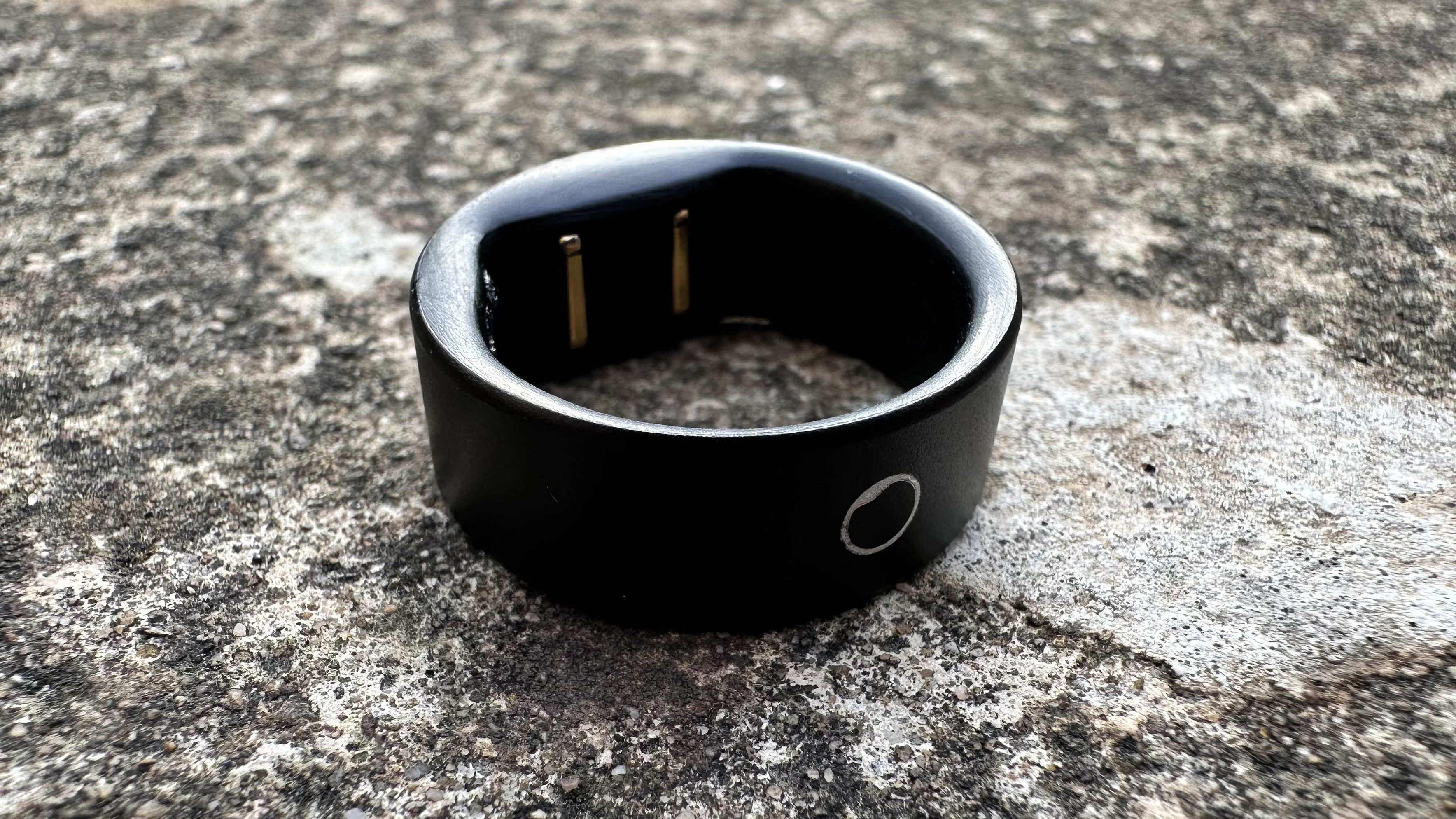
Smart ring vs smartwatch: Comfort, design and durability
Choosing between a smartwatch and a smart ring largely depends on personal preference. Smartwatches offer adjustable straps for a perfect fit and can be customized by swapping out straps with different materials and colors.
However, if you find wearing something on your wrist uncomfortable, a smart ring might be a better alternative. While smart rings don’t offer adjustable sizing, many companies will send you a sizing kit with plastic dummy rings to help you find the ideal one for you. Most of the ones I’ve tested so far have been incredibly comfortable with a snug fit.
They’re designed to be comfortable enough to wear overnight, whereas many people dislike wearing watches to bed.
Although these rings are fixed in design, they tend to be more discreet and resemble jewelery, bringing you a sleeker, less sporty look compared to most smartwatches and fitness trackers. However, many do still seem bulky when you compare them to regular rings, especially on smaller hands – don’t let the marketing messages that they’re all incredibly slim and dainty fool you.
Like all wearable technology, smart rings are also susceptible to wear and tear. During my tests, those with matte black finishes, like the Ultrahuman Ring Air and the Circular Ring Slim, showed significant signs of scratching after just a few days. More premium smartwatches, on the other hand, are designed with durability in mind.
Smart ring vs smart watch: Screens, apps and smartphone features
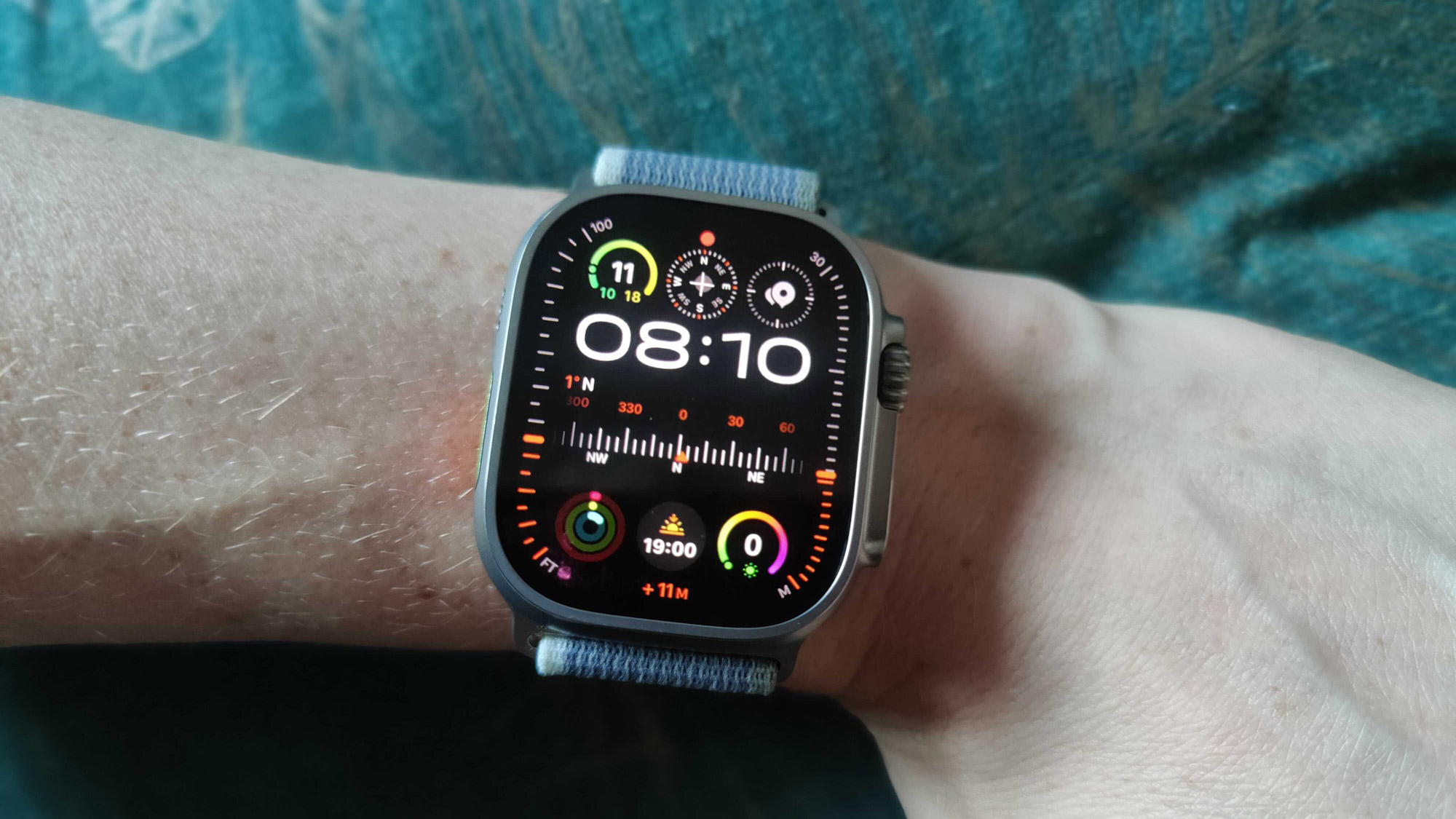
If you prefer a device with a screen, you’ll need to choose a smartwatch or a larger fitness tracker. Smart rings are designed to be more passive – though some models now include added features, like vibrating alarms. This makes smart rings an excellent choice if you’re trying to reduce your screen time but still want to monitor your health. Alternatively, you could consider a screenless wrist-based tracker, like the Whoop 4.0, which focuses purely on fitness tracking without digital distractions.
While the lack of a screen might be part of the smart ring appeal, consider whether you might miss this feature during activities like running, using apps or when you want to control music playback from your phone. For many, the desire to disconnect from screens is strong. But if you’re moving from a smartwatch or fitness tracker to a smart ring, it’s worth thinking about whether this will impact your lifestyle, especially if you’re keen on tracking specific activities from your wrist in real-time, like workouts.
On the other hand, smartwatches, especially those with LTE connectivity, offer a world of possibilities. They can function as standalone devices, capable of sending SOS alerts and making calls. Many also feature physical controls, built-in voice assistants, and apps, making them much more than just fitness trackers. Think of them as your comprehensive digital companions.
Smart ring vs smart watch: Sleep tracking, energy and wellbeing
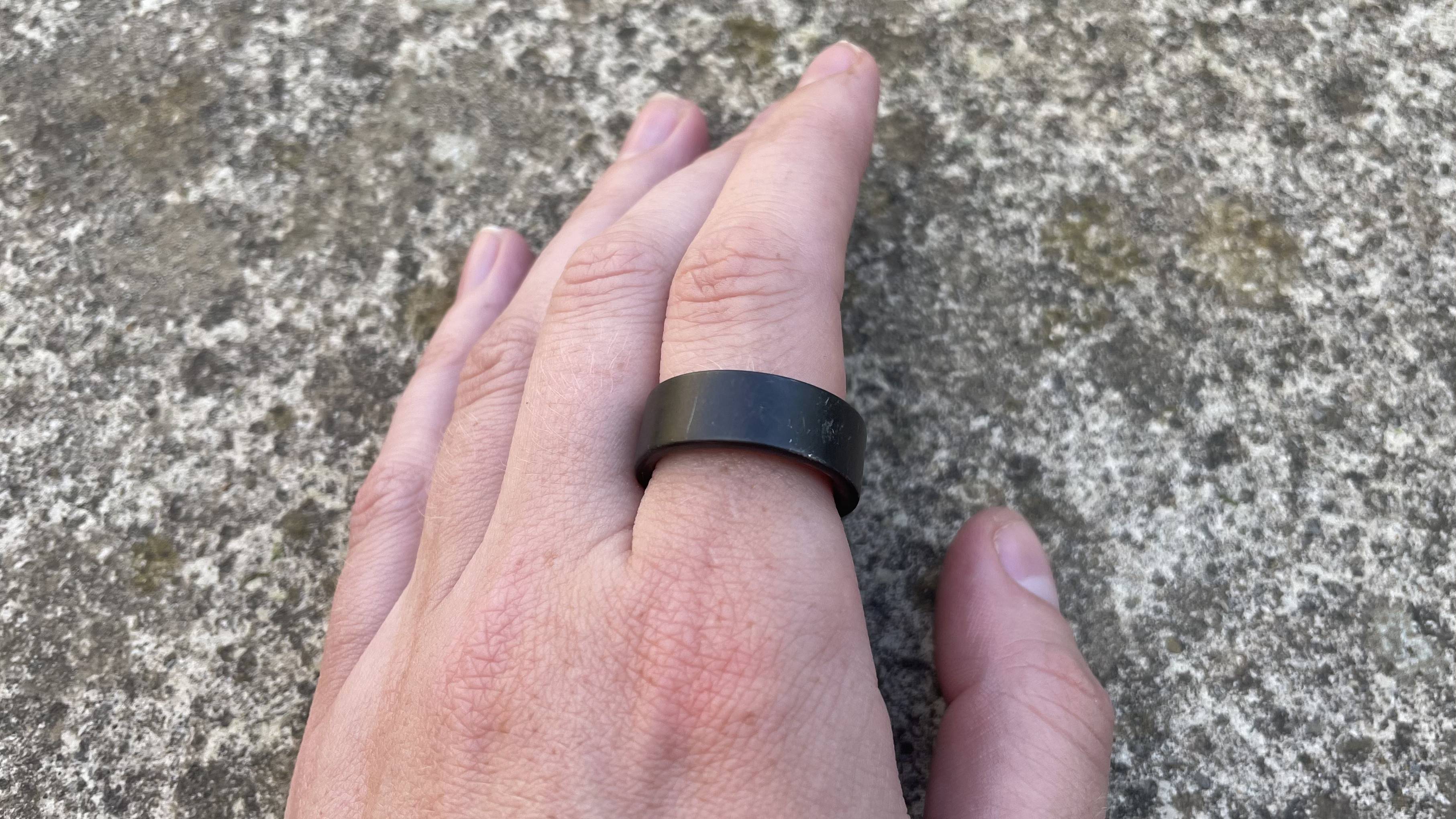
One significant advantage of smart rings is their accuracy in sleep tracking thanks to the data they collect, like heart rate, movement and even temperature. For those who find wrist-worn devices uncomfortable at night, a smart ring might also be a more suitable option. Generally, I’ve found the smart rings I’ve tested to be more comfortable for overnight wear, though it’s worth noting that a poorly fitting ring or flashing sensors can disrupt sleep.
Many top smart rings are primarily designed to monitor sleep and give you information about your energy levels and overall well-being rather than focusing primarily on fitness. This makes them an excellent choice for those prioritizing a holistic view of their health, although most high-end smartwatches and fitness trackers also track these metrics too.
Oura and Ultrahuman offer detailed feedback on your daily energy levels and readiness for exercise in their apps, as well as giving you information about the best time to eat, sleep and drink caffeine. This type of feedback isn’t unique – for example, Garmin offers similar suggestions about energy levels – but it does highlight how smart rings are differentiating their offerings from other devices.
It’s important to mention that while many smartwatches and fitness trackers, like the best Apple Watches, are just as effective at sleep tracking, they may require nightly charging, which can be really inconvenient. Just like smartwatches, battery life varies significantly among smart rings: for example, the latest Oura Ring Generation 3 lasts up to 7 days on a single charge, whereas the Circular Ring Slim needs recharging after just 2 days.
Smart ring vs smart watch: Fitness tracking, sensors and accuracy
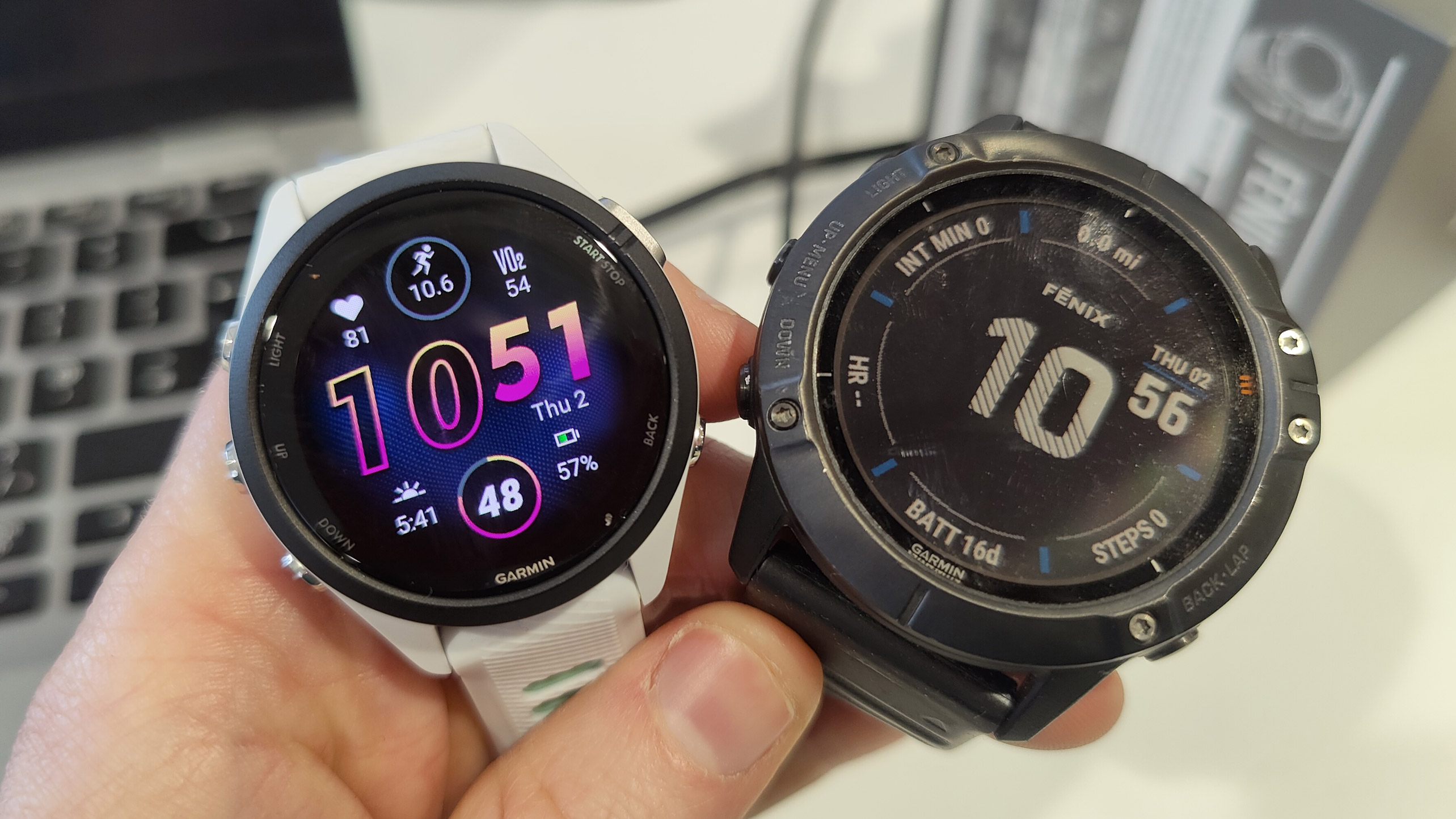
Many of the leading smart rings can track your movement, and they’re getting better at monitoring your workouts – especially when you add activities manually via their app. However, smartwatches and fitness trackers currently provide the best solution for detailed data on speed, heart rate, laps, and other specific metrics.
While some may claim that smart rings can perform all the functions of smartwatches and fitness trackers, they fall short in delivering comprehensive fitness data and (obviously) cannot display this information in real-time, because there’s no screen.
This is probably why some people combine their wearable gear, using a dedicated fitness tracker, like a top-tier running watch, for specialized activities while wearing a smart ring for continuous, everyday wear. Although mixing and matching wearables is an option, it may not be feasible for everyone, particularly those on a budget or those who prefer simplicity.
There’s a big debate about whether smart rings or smartwatches are more accurate. Some data suggests that a smart ring’s placement on your finger might yield more precise readings for heart rate and temperature, but this accuracy depends on several factors, including the quality of the sensors, the algorithms used for data interpretation, and, importantly, the fit of the device. For instance, one smart ring I’m currently reviewing fits like the others I’ve tested at first, but shifts around during the night, causing the sensors to lose contact with my skin.
Smart ring vs smartwatch: Price, subscriptions and risk
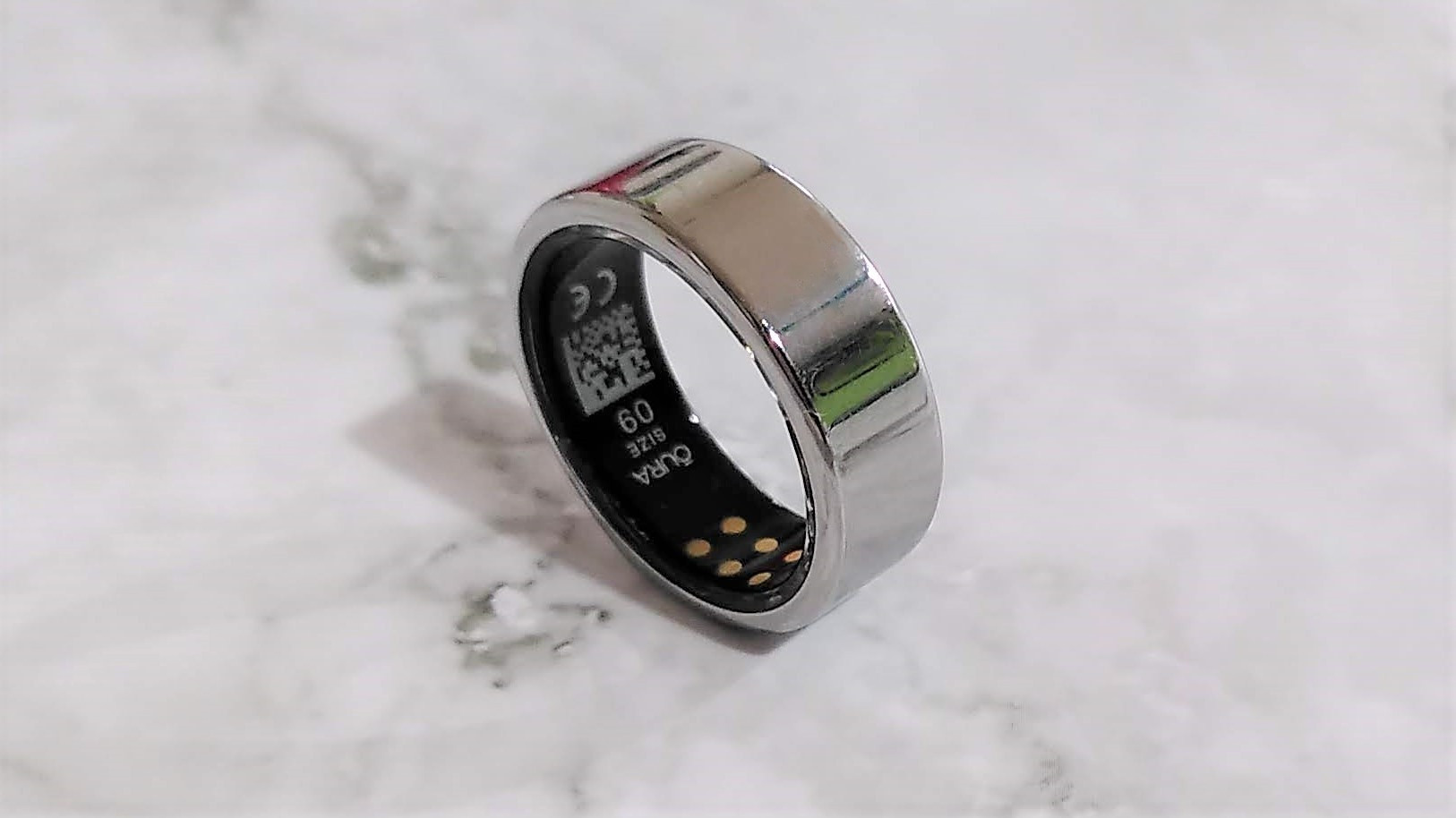
There are many different smartwatches available, from the eye-wateringly expensive Apple Watch Ultra 2 ($799 / £799 / AU$1,399) to the incredibly affordable CMF Watch Pro from Nothing ($69 / £69 / AU$131). It’s a similar story with fitness trackers, from the high-end running watch, the Garmin Epix Pro ($899.99 / £829.99 / AU$$1,529) to the super budget Huawei Band 7 (£49.99 / AU$159).
In comparison, the best smart rings aren’t quite as pricey as the most high-end models, but are still a significant investment. For example, the Oura Gen 3 is $299 /£230 / AU$420 and the Ultrahuman Ring Air is $349 / £280 / about AU$537.
Some reviewers claim that smart rings are available on a budget, but in my experience, these affordable options compromise on quality. In contrast, budget fitness trackers might lack some of the same slick aesthetic appeal but often offer greater reliability. If cost is your primary concern, choose one of the best budget fitness trackers. Things are changing fast, but right now it’s hard to make a good smart ring on a budget, which has led to a surge in the market of low-quality, cheap smart rings.
What’s more, there’s been a significant buzz around smart rings. I’ve met people who were initially enthusiastic about owning a smart ring, only to find it uncomfortable, excessively scratched, or simply annoying to use. If you have a more generous budget and enjoy experimenting with the latest gadgets, these issues might not deter you. However, for those who are more cautious, it might not be the ideal time to invest in a smart ring.
It’s worth noting that certain leading smart rings, like the Oura, come with subscription plans. While some users might find these services and their benefits appealing – such as upgrades and integration with third-party apps – it’s essential to evaluate whether the ongoing expenses after the initial purchase are in your budget.
Finally, some smart rings seem rushed to market. Features aren’t ironed out, design flaws are evident, and the apps don’t read or work as well as they should. In comparison, more established devices, like smartwatches, tend to offer a more polished experience, benefiting from years of user feedback and iteration.
Smart ring vs smartwatch: which is the best?
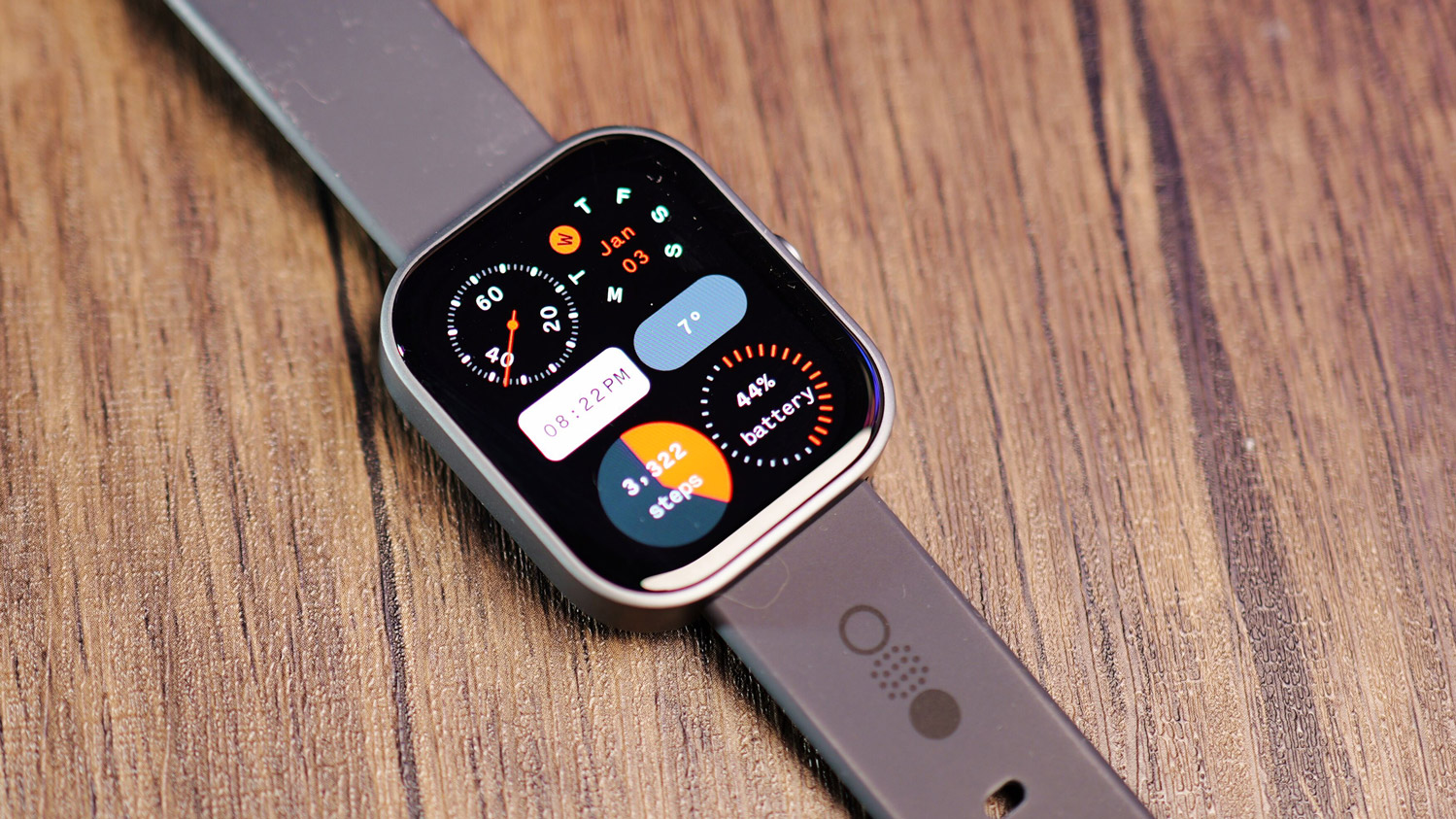
There’s no definitive answer as to whether smart rings or smartwatches are better. Each type of wearable caters to different preferences and needs, with distinct advantages and disadvantages.
A smart ring could be an excellent choice for those with a larger budget who are keen on trying the latest technology and don’t require detailed fitness tracking. Smart rings are also particularly effective for monitoring overall wellness and sleep; many of the best ones are very light and comfortable. However, as a category, smart rings are still in their infancy, and will improve with time.
If you value having apps at your fingertips, require detailed fitness metrics, or want a proven, reliable device, a smartwatch is the way to go. Alternatively, if apps are not a priority and cost is a concern, consider opting for one of the top fitness trackers.
While they may not have the aesthetic appeal of the newest smartwatches or the novelty of smart rings, they’re great at tracking fitness metrics accurately without any fuss.



















+ There are no comments
Add yours